
The UndocuHealth Program Resilience and Community Care Toolkit was designed to support you as an immigrant justice organizer and leader.
Come get the resources and wellness tips you need to stay grounded!
Right now, we’re taking on a big fight: we want citizenship for our communities! But in order to keep the fight going, it’s important that we practice self-love, community healing, and wellness.
Our Undocuhealth team is here to help guide you through practices that’ll keep you grounded through these times.
Once you sign up, you’ll be receiving resources, tools, and special invitations to upcoming wellness webinars with Jenny, our Undocuhealth coordinator!


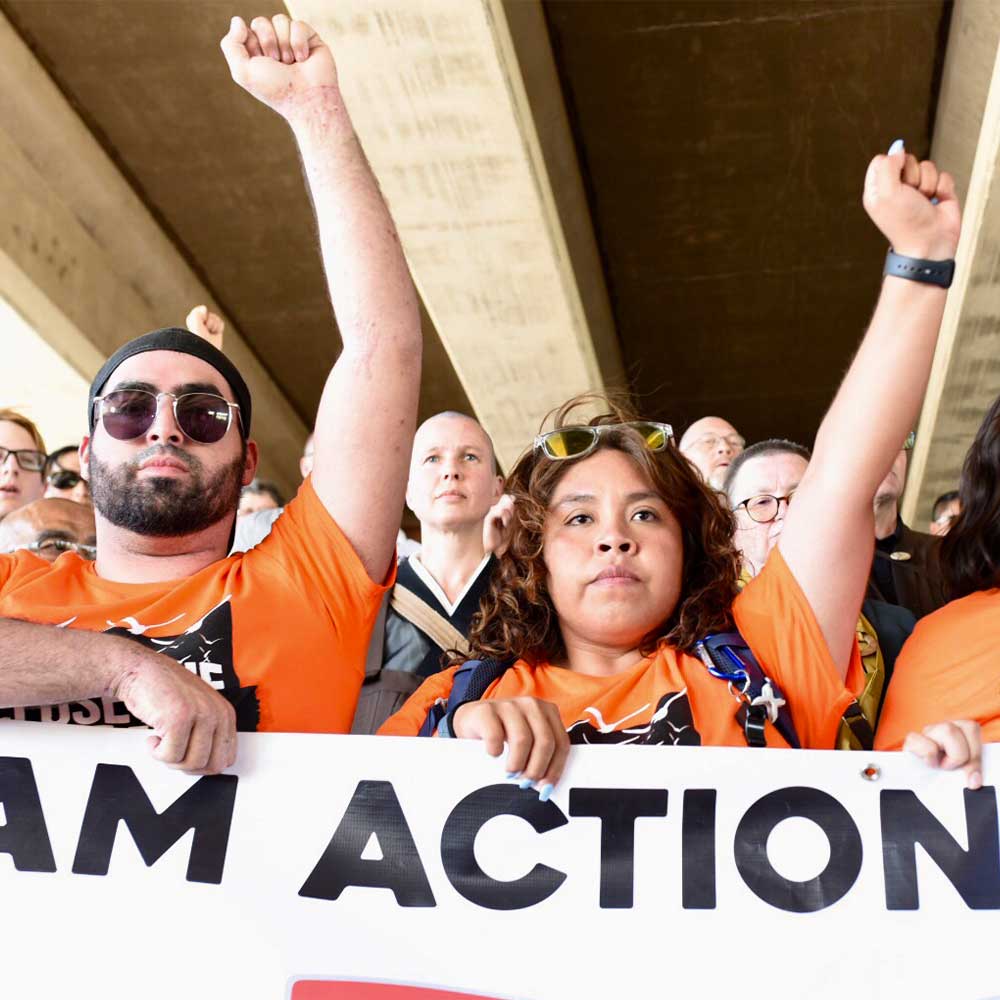
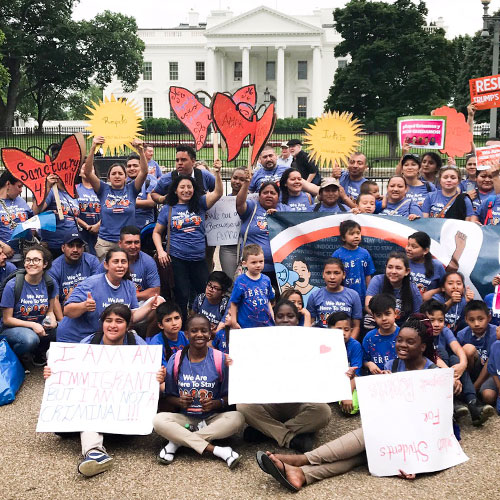
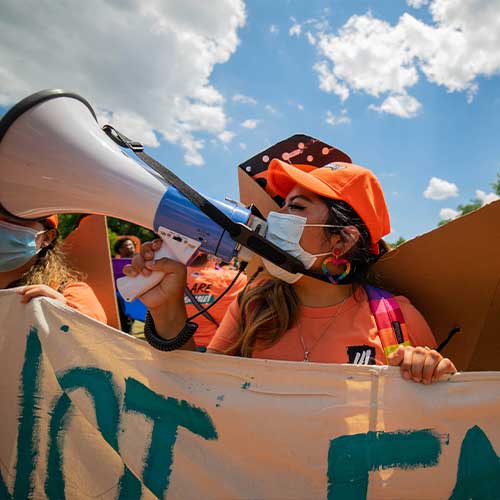
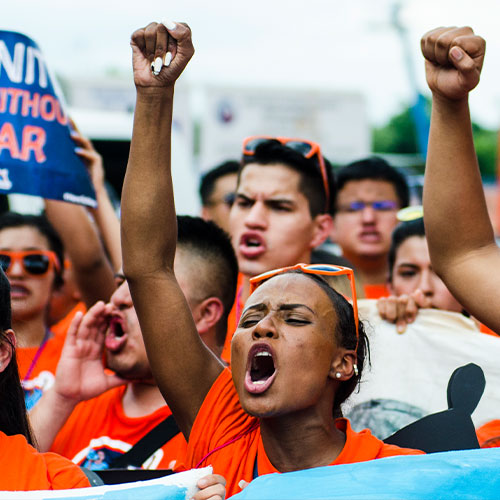
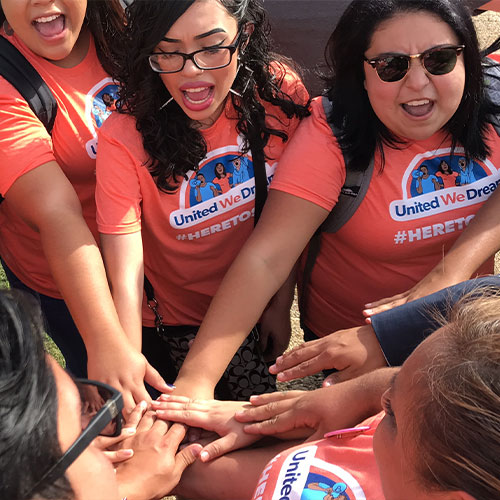

Ever since their creation, ICE and CBP have targeted, detained, abused and deported immigrants while separating loved ones and tearing apart communities. Donate 21 dollars to help us fight back against the 21 years of terror.